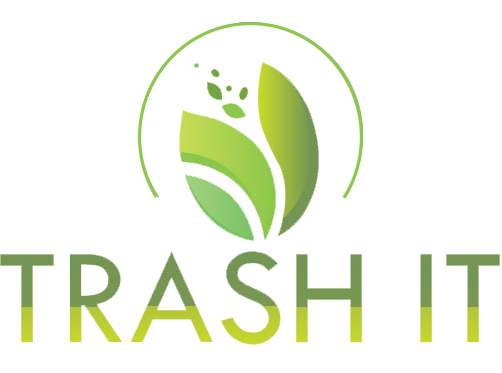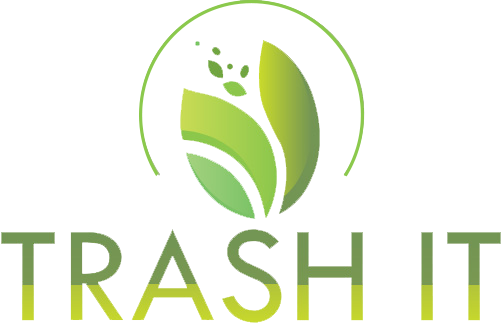1. Start Composting

As part of their waste management plans, many cities across Canada and the Unites States are enforcing the collection of organic waste in their recycling program goal to divert more waste from landfill. Organic waste is a valuable resource that can be composted to produce soil fertilizers to enhance soil quality and reduce soil erosion. The collection of organic waste considerably increases an organization’s diversion rate and can help you to reach zero waste. For example, collecting paper towels in your washroom can dramatically increase the amount of waste you divert from landfill. Start Collecting:
- Food scraps
- Paper towels and napkins
- Coffee grinds & tea bags
- Cardboard sleeves from hot beverage cups
- Compo stable plates and cutlery
2. Start A Green Team

Set up a Green Team of employees across the organization to set clear goals for your office recycling program and waste reduction initiatives internally and externally. Make sure you also establish a timeline and determine how success will be measured and monitored. Include staff from different departments as well as the management team. It’s important to be inclusive to build ownership for the program and shared responsibility.
3. Recycle All Electronic Equipment

CleanRiver E-Waste Bin
What does your company do with its unwanted or out-of-date electronics? As technology evolves and obsolete items need to be replaced, electronic waste collection is becoming an important part of office recycling programs. E-waste is unwanted electronic items. Things that are commonly collected for recycling include cell phones, computers, printers, batteries, ink cartridges, cables, and CDs. Electronic waste is becoming an important component of recycling programs.
4. Start An Upcycle Station For All Old Office Equipment And Furniture

Upcycle Station at National Geographic.
Set a designated area or shelving unit aside in your facility to collect and store all old office supplies. Whenever employees have old office furniture, phones, computers, staplers, file folders, etc they can be organized and placed in the “Upcycle Station”. When an employee is in need of a “new” office supply, make it protocol to check the Upcycle Station before re-ordering any new items.
5. Go Paperless And Transition To Digital Files And Electronic Invoices

If you haven’t already switched all your bills and banking over to online what are you waiting for?! Take advantage of the ease and convenience of being able to manage your payments at the tip of your fingers. This will not only save you tons of time, but also save you money on postage and late fees and many companies will even offer you a discount if you choose to go paperless.
6. Set Up Printers To Automatically Print Double Sided
Take the thinking away for your employees and make it simple for everyone just by having your printers set to automatically print on both sides of the paper when printing documents.
7. Reuse File Folders
No need to grab a new file folder every time, instead just place a new label on top or turn the file inside out.
8. Start A Centralized Recycling Program


9. Work With All Suppliers To Reduce Packaging And What Comes Into Your Office
Communicated and educate your vendors and suppliers about your company’s sustainability goals and initiative. If you work with your supply chain you can have more control of materials and waste are being brought into your facility. This way you can ensure all packaging coming into your facility can be recycled, reused, or composted. Better yet, nowadays you can even work with vendors to take the packaging back after delivery.
10. Encourage Litterless Lunches
At CleanRiver, every new employee receives their own reusable lunch bag including Tupperware. This is just one proactive step your office can take to encourage employees to avoid bringing their lunch in paper or plastic bags which are used once and then tossed. At CleanRiver, we encourage our employees to be mindful of what they bring into the office. Like elementary classrooms, a litter-less lunch is just one initiative your organization can adopt to reduce the amount of daily waste coming into the facility.


